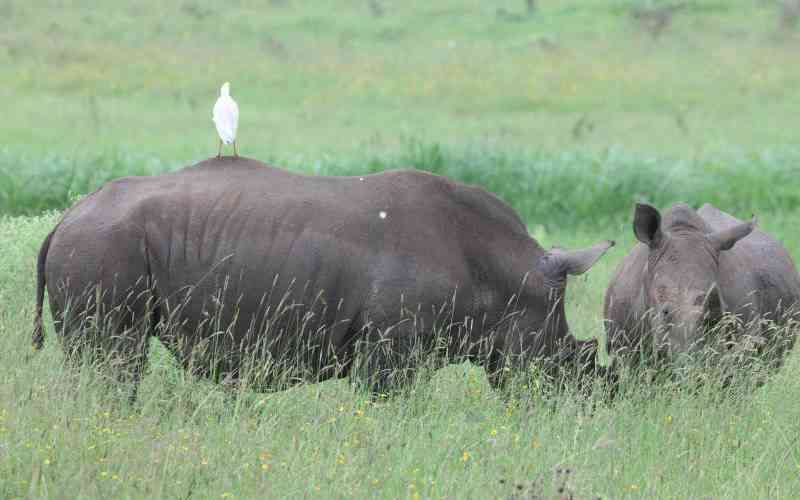×
The Standard e-Paper
Home To Bold Columnists

The chilly air sweeps past a group of 60 or so individuals, all standing erect in a horse-shoe formation. Their faces still invisible in the dawn semi darkness.
The icy air in Ol Pejeta Conservancy, Laikipia County is charged with anticipation. Vets meticulously prepare tranquiliser darts as the team leader conducts the final briefing under the keen eye of Kenya Wildlife Service experts.